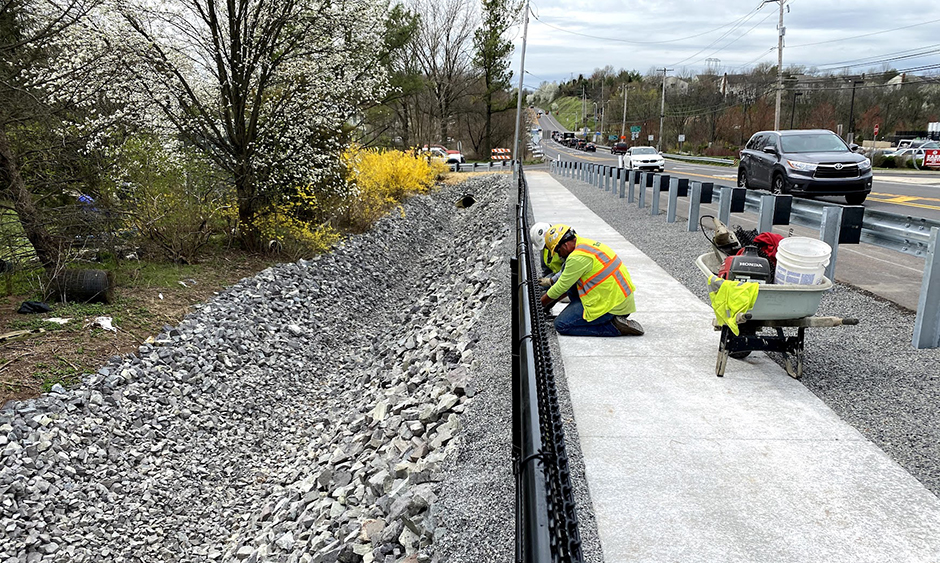
May 13, 2024
This is the first in a series of informational articles about the Transportation Improvement Program, or “TIP.”
The Transportation Improvement Program (TIP) is the regionally agreed-upon list of priority transportation projects that the region plans to carry out over a four-year period. It is required by federal law, most recently through the Fast Act and Infrastructure Investment and Jobs Act/Bipartisan Infrastructure Law (IIJA/BIL), and allows transportation projects in the region to be eligible for federal funding.
The TIP includes all projects that intend to use federal funds as well as locally and state-funded projects that are considered regionally significant. A regionally significant project is generally a large-scale project that changes travel patterns over a relatively large geographic area. These projects cover improvements to all modes of transportation, including bicycle and pedestrian projects, bridge repair, public transportation, freight movement, and local road and highway projects. Projects listed in the TIP are intended to align with and advance the Vision and goals of the Connections 2050: Plan for Greater Philadelphia, and to help achieve FHWA and FTA Transportation Performance Management (TPM) performance measure targets. Each project listed in the TIP shows the estimated cost and timeframe for each anticipated phase of the project, generally from preliminary engineering through construction.
The projects in the TIP must be financially constrained to the amount of funds that are expected to be available. In order to add projects to the TIP, sufficient funds must be available, other projects must be deferred, or additional funds must be identified. This is why regional consensus is crucial. The TIP is an agreement among state, regional, and local officials on what near-term transportation projects are priorities.
A project’s presence in the TIP represents a critical step towards authorization of funding. However, a project’s inclusion in the TIP does not guarantee that it will be implemented. Unforeseen problems may arise, such as engineering obstacles, environmental permit conflicts, changes in priorities, and additional financial constraints. These problems can slow a project and cause it to be postponed or even dropped from further consideration. They can also increase the project’s overall cost. As a result, the TIP is not a final schedule of project implementation. It represents the best estimate at the time of TIP development.
DVRPC is required to manage one TIP for the New Jersey portion and one for the Pennsylvania portion of the nine-county DVRPC region. The TIP is federally required to cover a minimum of four years, but DVRPC TIP documents include 12 years for Pennsylvania and 10 years for New Jersey in order to better understand expected resources and provide more realistic cost estimates and timeframes to advance projects. The TIPs are revised every two years and must be adopted by the DVRPC Board. After adoption, the TIP is frequently amended to accommodate changes to project cost, schedule, and/or timing, or to add or remove projects as necessary. The source or amount of funding may also be changed.
This is the first in a series of informational articles about the Transportation Improvement Program, or “TIP.” Stay tuned to learn more about how projects get on the TIP, how funding works, and how the public can get involved.